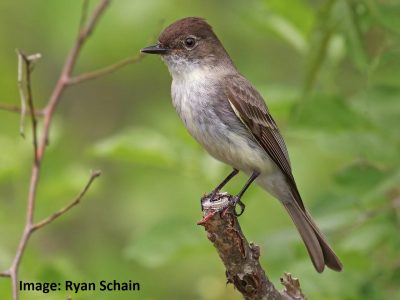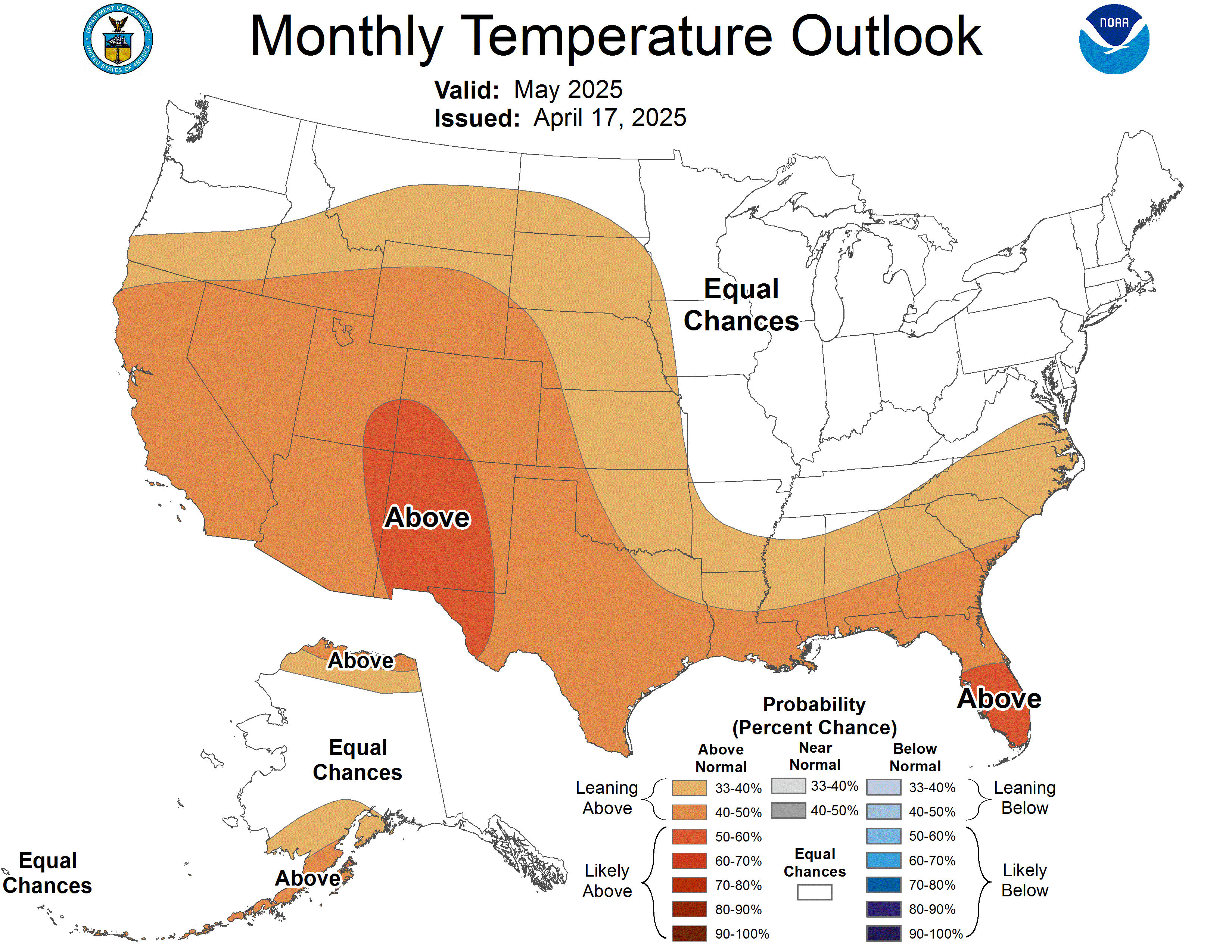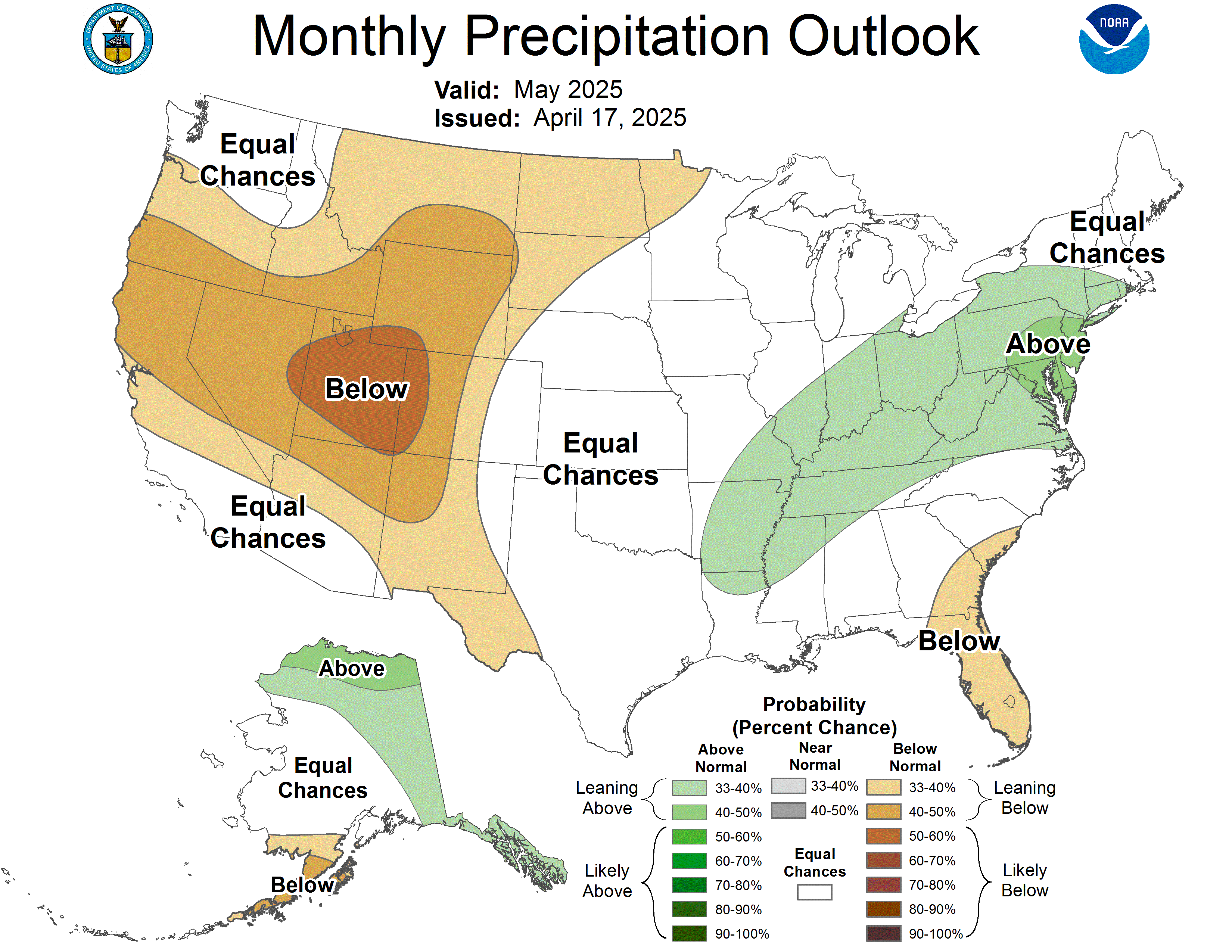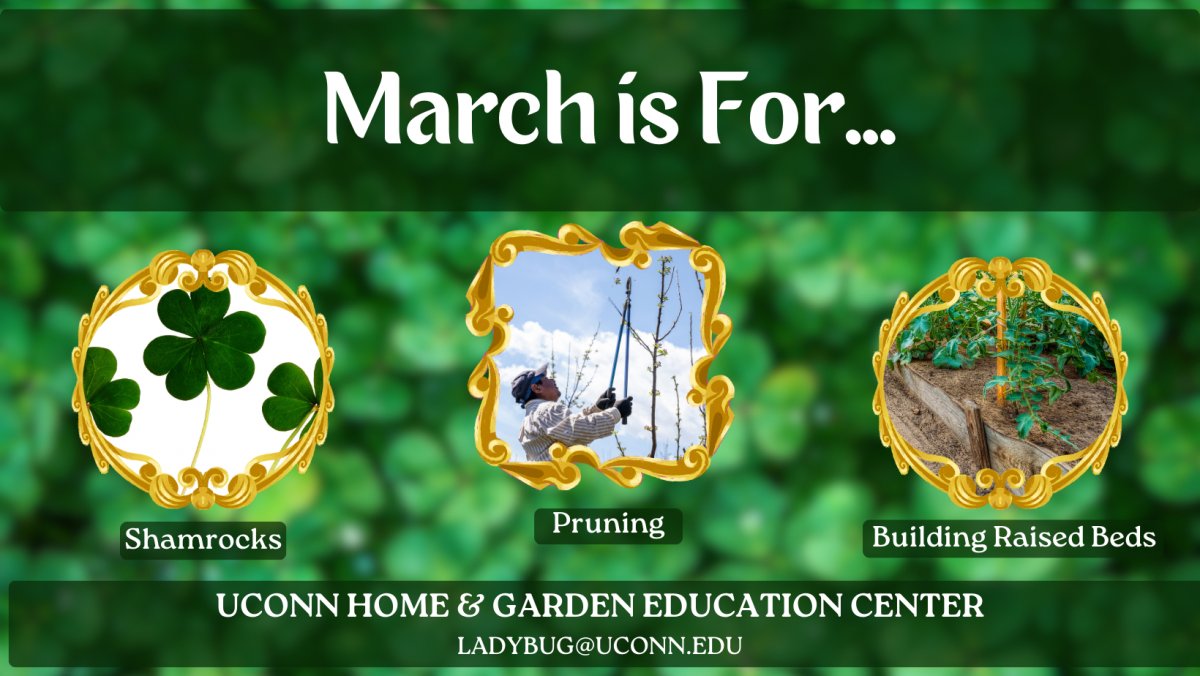
"Gardening is the only unquestionably useful job."
Shamrocks, Clovers & Oxalis, Oh My!
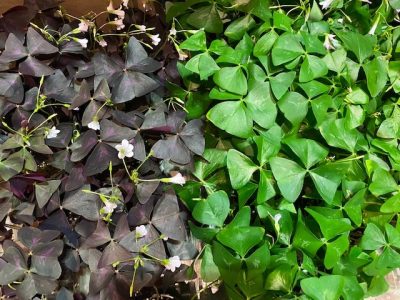
For every 10,000 three-leaf clover, you'll find one or two four-leaf clover. These odds explain the "luck" behind the tradition of finding one! While the popular St. Patrick's Day symbol is seen everywhere in the month of March, have you ever stopped to think about the botany behind the symbol?
The beloved shamrock, four-leaf clover and the Oxalis houseplant all have their own identities, but when St. Patrick's Day hits, they all become interchangeable. So what's the real difference?
Prune your Fruit Trees
Late Winter/Early spring is a great time to be pruning your fruit trees! By keeping your fruit trees properly maintained, you can encourage air flow, healthy branch growth, and productive yields each season. There are a lot of factors that go into pruning your trees "the right way," and different gardeners may have different needs to be met. One of the most important things you can do is remove any dead, dying, or weakened branches. To read about all the considerations that play into pruning decisions, check out the link below.
Building Raised Beds Safely
Raised beds can be the pride and joy of many home gardeners. They come with many advantages:
- Using raised beds can combat poor soil conditions
- Less bending or kneeling for gardeners
- Extend the growing season by combining methods like cold frames or plastic covers over the raised beds
- They can be either a temporary or permanent fixture in your garden
When it comes to building raised beds, there are many options out there. Prefabricated beds are on the market as a quick "pop up" option. Meanwhile, others like to construct their beds themselves using various materials like cinder blocks, pallets, or fence panels. Whenever you're building your raised beds, be sure to consider the safety of the material you're using. Avoid pressure treated wood materials and take caution when using concrete products. Look for pallets with the "HT" symbol on them, indicating they have been heat treated instead of chemically treated.
If you already have beds made with these materials, don't panic! There are options to help you "seal" your beds to keep your plants safe from chemicals that may leach into the soil. For example, latex paint will help minimize the contact of the material with the soil. Some wood stains and even plastic sheeting can also be used.
To learn more about raised bed material safety, read the fact sheet below.
Native Plants that Support Native Bees in Early Spring
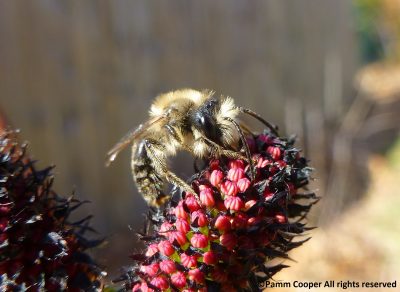 Cellophane bees (Colletes inaequalis)are one the first of our native bees to be out and about on a warm day in very early spring, sometimes when there is still some snow on the ground. Their flight normally coincides with native willow blooms, which are one of only a few native plants that may be blooming in March. These ground- nesting solitary bees are active for a few weeks, and other native plants like bloodroot, red maple and Amelanchier are visited by these bees. They also can be seen on crocus and other early blooming spring bulbs.
Cellophane bees (Colletes inaequalis)are one the first of our native bees to be out and about on a warm day in very early spring, sometimes when there is still some snow on the ground. Their flight normally coincides with native willow blooms, which are one of only a few native plants that may be blooming in March. These ground- nesting solitary bees are active for a few weeks, and other native plants like bloodroot, red maple and Amelanchier are visited by these bees. They also can be seen on crocus and other early blooming spring bulbs.
Where to find these and other native plants is a common question that we get here at the Home & Garden Education Center. As gardeners become more aware of native plant solutions, we are seeing more widespread availability. The Connecticut Native Tree and Shrub Availability List is a fantastic resource to help you find both plant recommendations and nurseries that may carry these plants!
Wildlife Highlight: Eastern Phoebe
Eastern phoebes are native tyrant flycatchers in the Tyrannidae family. Characterized by its large head and a habit of wagging their tail when perched. Phoebes are among the first of our migrating birds to return in early spring. People often mistake the similar chickadee call for the raspier “phoebe” call. They build their nest on sheltered ledges, often on buildings. While primarily insect eaters, phoebes occasionally eat ticks, spiders, fruits, and seeds.
UConn's Brewing Innovation Initiative Talks Hops

Hops farming in the northeast goes all the way back to the 16th century. Now, the College of Agriculture, Health and Natural Resources at UConn is working with experts in the craft brewing industry and growers tohelp bring the brewing industry to the next level here in Connecticut!
Read more about Hops and what UConn is doing to get involved at the link below!
Knowledge to Grow On
Read our Ladybug blogs written weekly:
Upcoming Events and Things to Do

- March 16th & 17th is Maple Weekend here in Connecticut! Many local sugarhouses will be open or hosting events this weekend. Find your local sugar house on the Maple Syrup Producers Association webpage.
- Check in with your favorite garden center! March & April are common opening months to start getting your plant fix!
- The Scantic Spring Splash is March 30th. Spectate or join in this canoe & kayak race to kick off spring!
- Visit Elizabeth Park's 2024 Spring Greenhouse Show March 1st-March 8th
- March 2nd - Early Spring Garden Planning Event at the Waterford Public Library
- March 30th - Vernal Pool Hike. Join DEEP Outreach Biologist Paul Benjunas and Naturalist Laura Rogers-Castro for a hike along the Beaver Marsh Trail to a vernal pool.
Educational Opportunities & Workshops
- March 21st - Native Plants for Container Gardens with Duncan Himmelman. This webinar is hosted by the CT Horticultural Society.
- Check out Maple Days at Old Sturbridge Village and see how syrup was made in the early 19th century!
- Well Water Testing Workshop, March 7th
- March 12th - New Spring Color for Your Garden webinar hosted by Monrovia
- March 9th - Wildlife in Connecticut's Changing Landscape. Paul Colburn, a CT DEEP master wildlife conservationist, presents a natural history of Connecticut from the early 1600’s, when European colonists arrived, to the present.
- March 14th - CT Compost Conference
March Gardening Tips
1. Using sterile growing mix for starting seeds reduces problems with damping-off fungi. Avoid overwatering, which encourages root rots.
2. Seeds of cold weather vegetables like spinach, peas, lettuce and broccoli can be direct seeded as soon as soil is workable.
3. Before new shoots emerge, cut back last year’s stalks on perennials and grasses.
4. Move woody plants before they begin new spring growth; transplant as soon as the soil is workable.5. Begin fertilizing houseplants with a water-soluble fertilizer as they resume active growth.
6. If you potted bulbs for forcing last fall, check their progress. Soil should be barely moist. If tips have sprouted and have a few inches of growth, bring the pot into a cool, bright room (50 to 60 degrees F). Gradually expose the plant to increasing warmth, indirect sunlight, and increased watering. Feed once a week with half-strength houseplant fertilizer. To help the stems grow straight, turn the pot every day. When buds and foliage are fully developed, bring into full sunlight, and enjoy!
7. Once your garden beds thaw, remove old garden debris such as leaves, stalks, and seed heads to reduce the presence of any overwintering diseases and pests.
8. Thin bramble plantings (raspberries, blackberries, etc.) to increase air circulation and reduce stem and leaf disease problems.
9. Clean out bluebird houses! They start looking for nesting spots in early March.
start looking for nesting spots in early March.
10. Start cleaning containers and pots so they are ready for planting. Inspect for chips and cracks.
Did You Know...
Nursery wholesalers and greenhouse growers may sometimes have different product lines for independent garden centers and big box stores.
As you start your garden shopping this spring, consider shopping at different locations to find new and unique plants for your projects!

This Month’s Newsletter Contributors:
Pamm Cooper, Dr. Nick Goltz, Dawn Pettinelli, Marie Woodward, Heather Zidack
